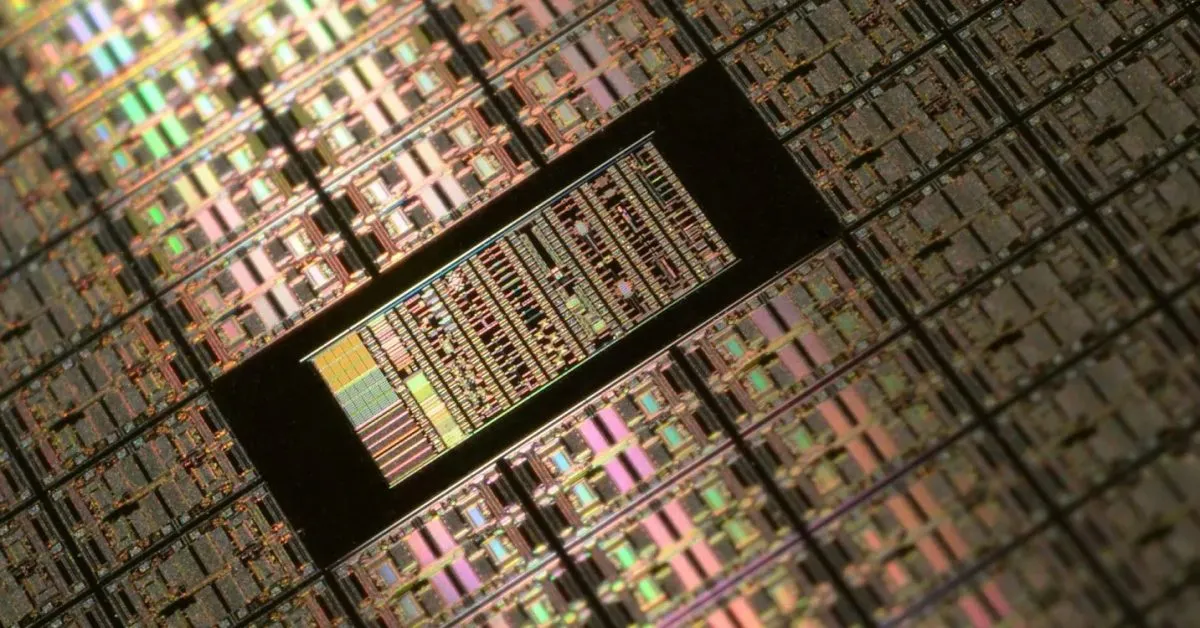
In a groundbreaking move set to reshape the future of mobile technology, Apple is planning a significant overhaul of its chip design for the upcoming 2026 iPhones. This transformation could mark the first instance where the tech giant incorporates advanced multi-chip packaging in a mobile device, highlighting its commitment to innovation and efficiency. According to industry analyst Jeff Pu from GF Securities, the anticipated iPhone 18 Pro, 18 Pro Max, and the much-anticipated iPhone 18 Fold are poised to introduce Apple’s next-generation A20 chip, which will be manufactured using TSMC’s second-generation 2nm process (N2).
While the introduction of the A20 chip is exciting, the most intriguing aspect lies in how these chips will be assembled. For the first time, Apple will implement Wafer-Level Multi-Chip Module (WMCM) packaging for its iPhone processors. This innovative technique allows various components, such as the System on Chip (SoC) and Dynamic Random Access Memory (DRAM), to be integrated at the wafer level prior to being diced into individual chips. The WMCM method connects the dies directly without the need for an interposer or substrate, resulting in enhanced thermal and signal integrity.
This advancement means that Apple’s next-generation chip will not only benefit from the smaller, more power-efficient design enabled by the N2 process, but it will also be physically closer to its onboard memory. This proximity is expected to lead to improved performance and potentially reduced power consumption, especially for demanding tasks such as AI processing and high-end gaming.
Behind the scenes, TSMC is actively preparing to support this ambitious project. Pu reports that TSMC is establishing a dedicated production line for WMCM packaging at its AP7 facility. The company plans to leverage equipment and processes similar to its CoWoS-L technology, but without the traditional substrate. TSMC anticipates ramping up production capacity significantly, projecting an increase to between 110,000 and 120,000 wafers per month (KPM) by the end of 2027, driven by the rising adoption of this advanced packaging technology.
This strategic move represents a substantial leap in Apple's chip design, reminiscent of its early adoption of 3nm technology ahead of competitors. Moreover, it signals a broader trend within the mobile market, indicating that sophisticated technologies previously reserved for data center GPUs and AI accelerators are now making their way into consumer smartphones.
For the iPhone 18 Fold, this advancement suggests that Apple is not merely reserving its most innovative hardware for its unique form factor; rather, it may serve as a testbed for the next generation of silicon packaging. As Apple continues to push the boundaries of what is possible in smartphone technology, the implications of these developments will be closely watched by consumers and industry experts alike.